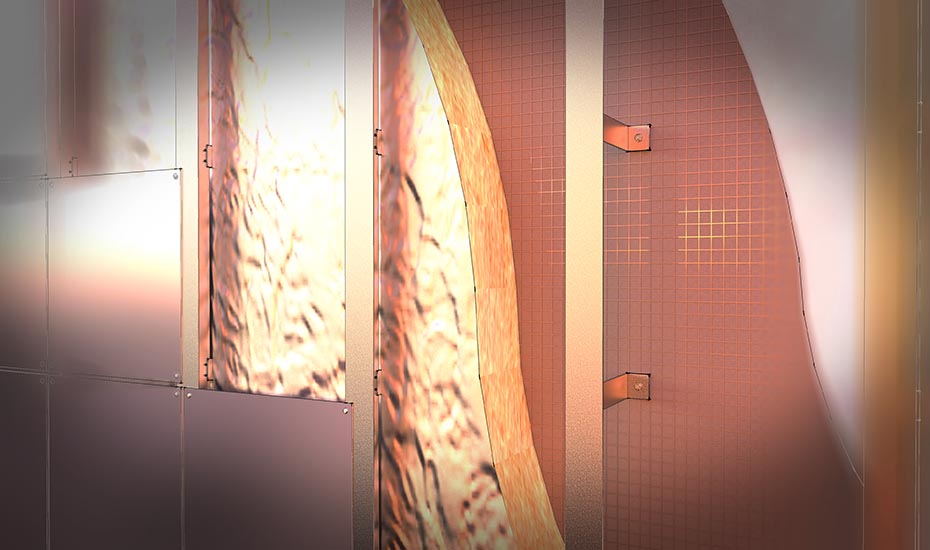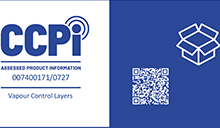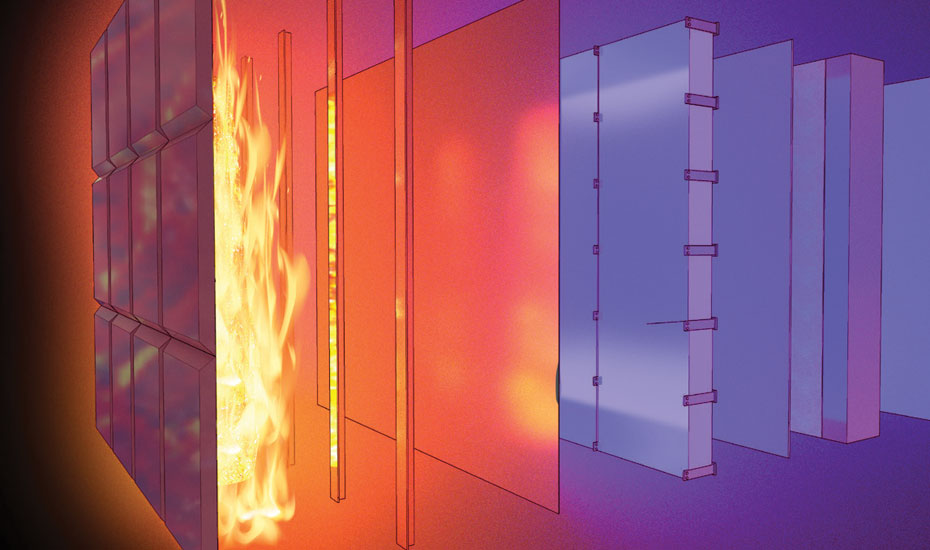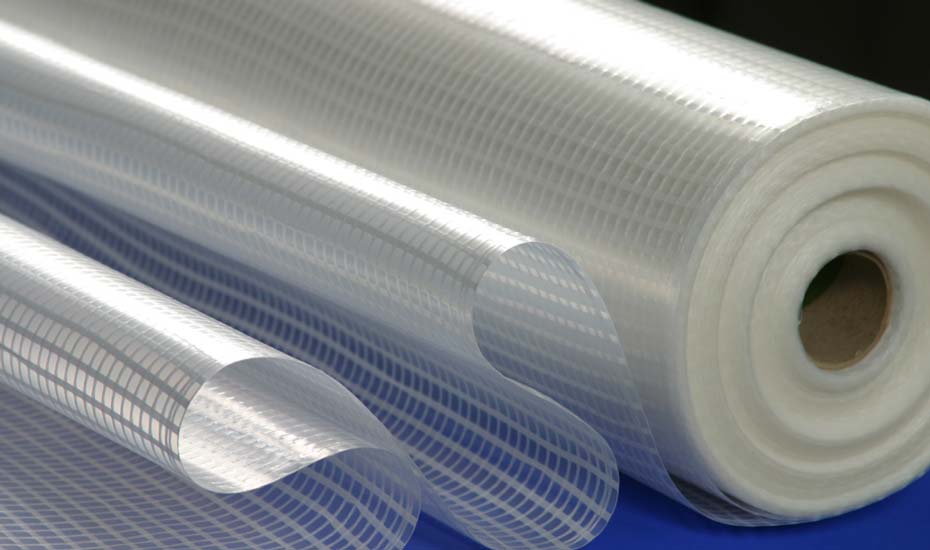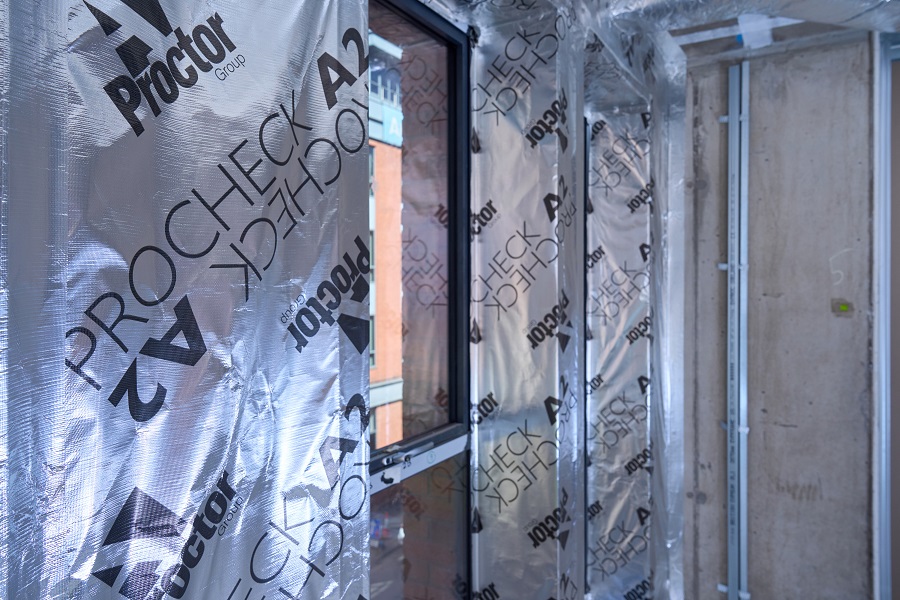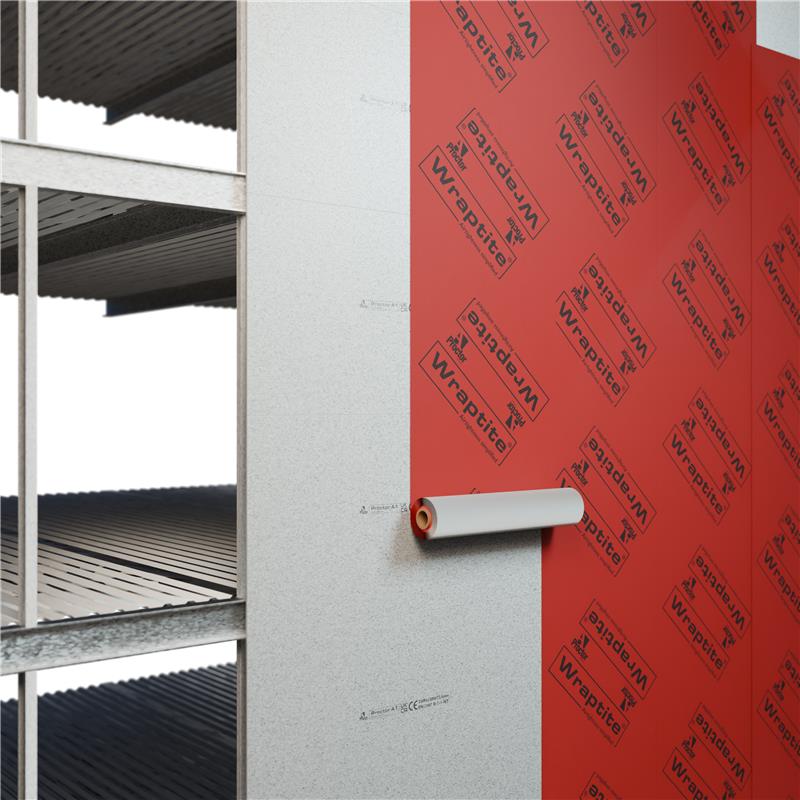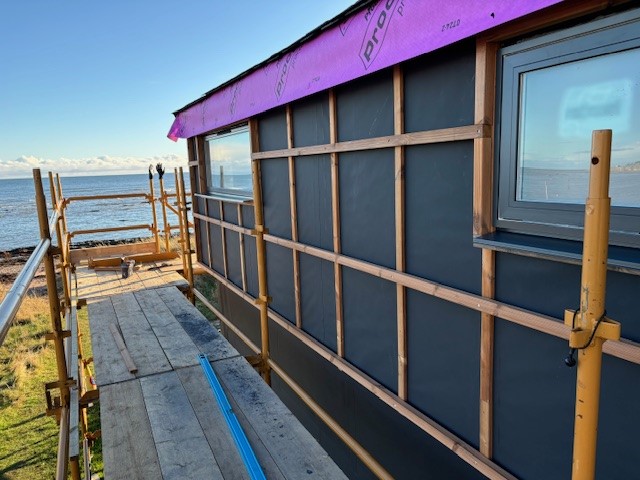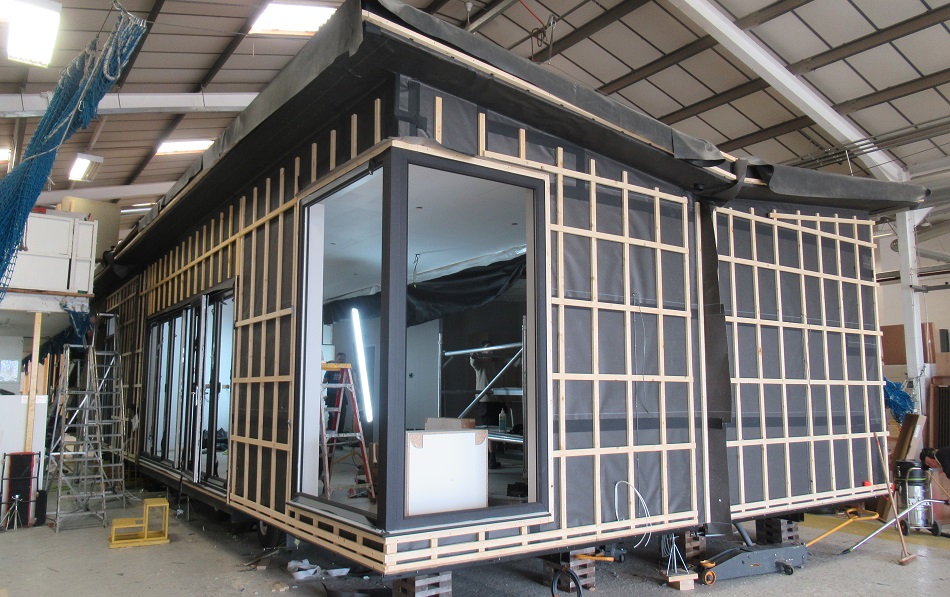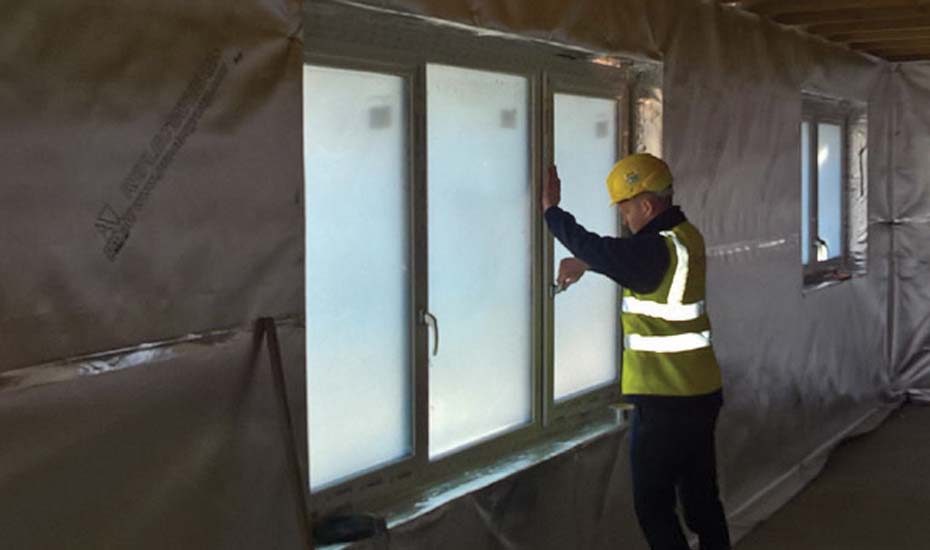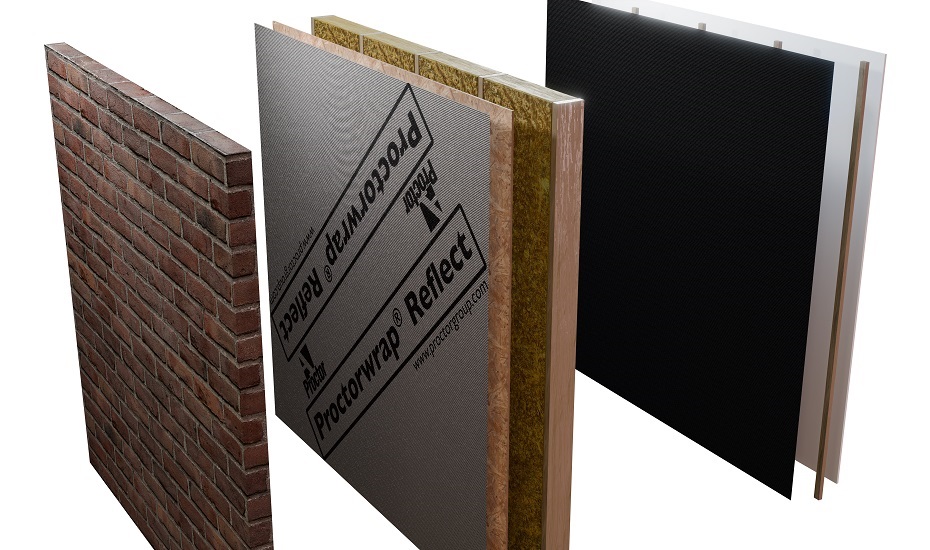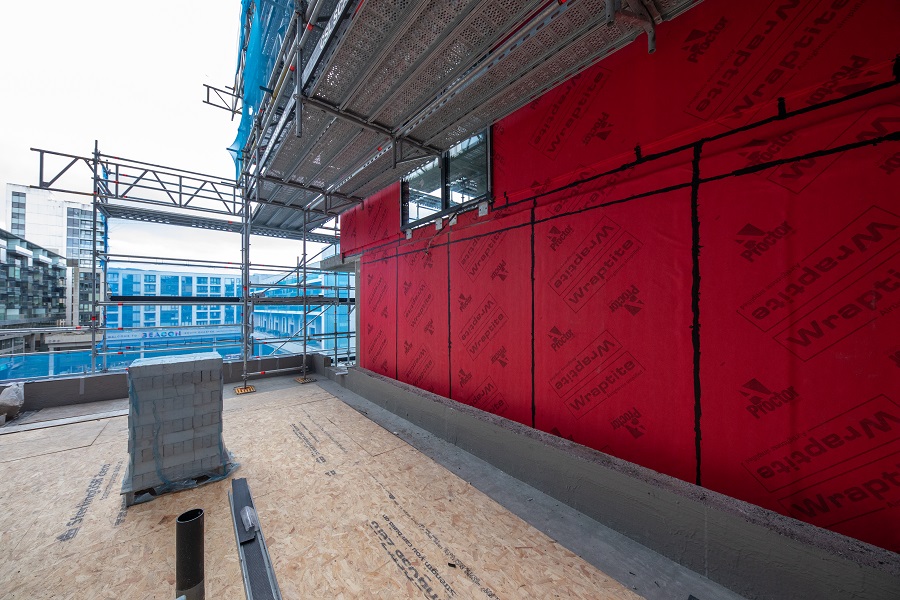Procheck FR200 is used as a vapour control layer in roof and wall structures in new build and renovation projects. Procheck FR200 has a Reaction to Fire classification of B-s1, d0 which provides assurance of fire performance for the structure. Procheck FR200 air and vapour tight membrane improves energy efficiency and reduces the condensation risk.
Request a Sample
Technical Advice
CAD Detail Review
U-Value Calculation
Book a CPD
Specification Check
